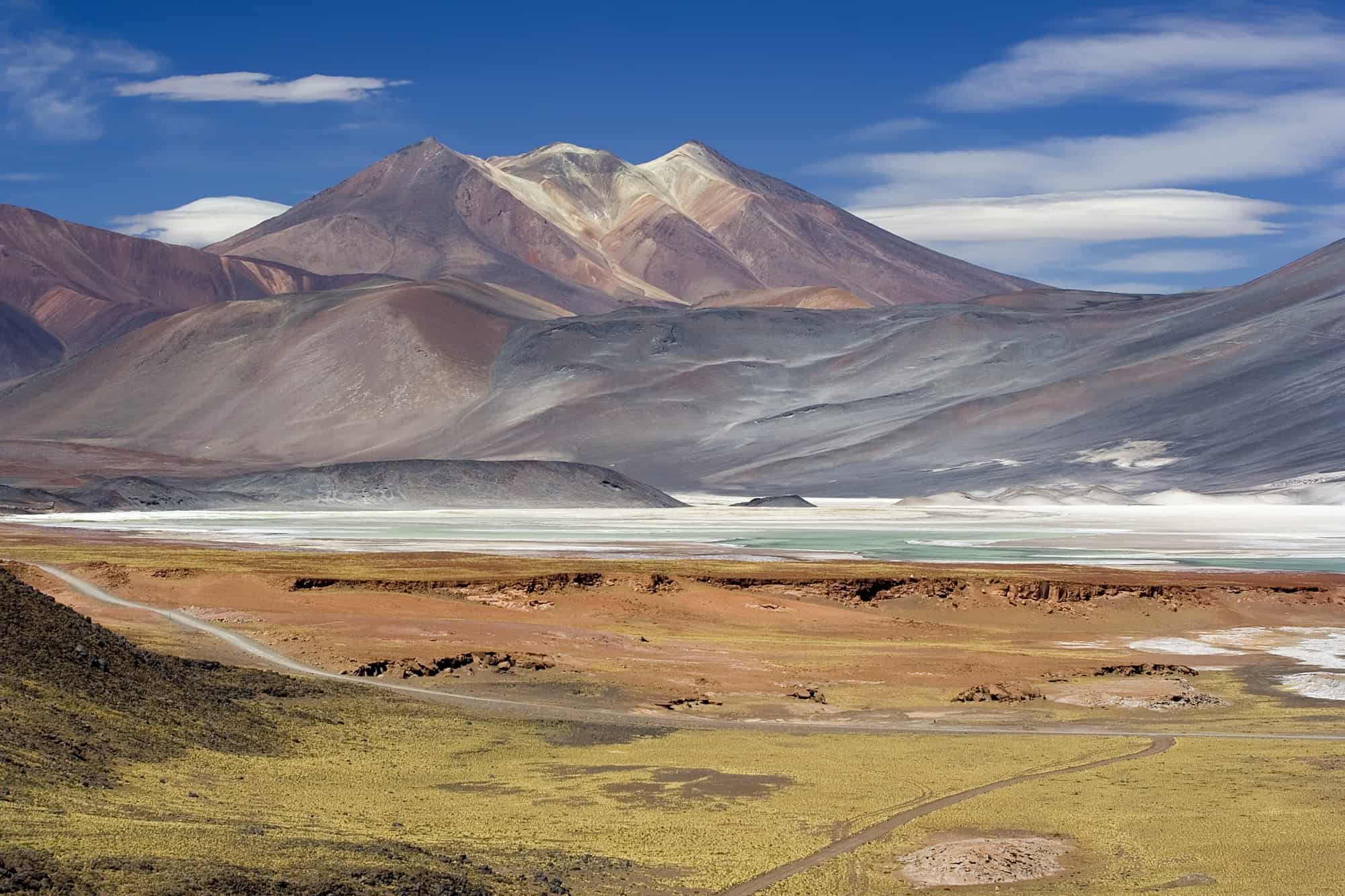As the world's longest country, Chile is overflowing with natural splendor and rich cultural heritage. However, what many visitors don't realize is that Chile is also one of the most developed South American countries as well. Each year Chile takes leaps and bounds towards becoming the world's next big technology hub. This kind of development tends to raise prices all around for locals and visitors alike, but for those who explore Chile, its strong tradition and rich culture still leaves room for a number of affordable experiences.
Cheap Eats
 Dominic Sagar via Flickr.com/photos/dominicsagar (CC by 2.0)
Dominic Sagar via Flickr.com/photos/dominicsagar (CC by 2.0)
Providing visitors aren't dining in the opulent neighbourhoods of Santiago or Valparaiso, food will rarely be a burden on the budget while in Chile. A proper sit down restaurant will run about CA$12, but visitors can happily live on the cheaper large meals that come from the ample street food stands prevalent in even the smallest cities. By dining on street food, visitors can cut the cost per meal in half without sacrificing anything in the way of quantity or quality. What is served as street food differs depending on the area of Chile visitors are in. For example, grilled fish and the famous conger eel soup are more prevalent near the coast while thick stews and massive beef steak sandwiches are most common further inland.
World Class Wine for Economical Prices
 James Palinsad via Flickr/99329675@N02 (CC by 2.0)
James Palinsad via Flickr/99329675@N02 (CC by 2.0)
Chile's vineyards have had a 400-year love affair with producing world class wines. Some of the best wineries in the country are easily accessible and located just outside of Santiago, but visitors can find vineyards throughout the length of the country, from nestled in the Andes to the edges of the Atacama. Tours of these vineyards as well as complimentary tasting are usually very cheap, but the charges can stack up when visitors purchase the wine directly from the vineyard. As Chile gets so much wine tourism, they tack on some extra cost on wine bottles at the vineyards. Surprisingly, native Chilean wine is at its cheapest in the run-of-the-mill grocery store.
Exploring the Atacama Desert
 krheesy via Flickr.com/photos/129440207@N08 (CC by 2.0)
krheesy via Flickr.com/photos/129440207@N08 (CC by 2.0)
While it might be tempting to explore Chile's most popular attraction of Easter Island, the 3,500km plane ride won't come cheap. Instead, consider a trip the Atacama Desert which provides a dazzling landscape and a unique hub of activity. Hailed as the driest place in the world, the Atacama sits in the highly travelled northern region of Chile. The most popular attraction in Atacama, aside from seeing how long someone can stand the sun at high noon, is the Valley of the Moon. This aptly named region of the Atacama features an alien-like landscape in which the large dunes and bizarre rock formations resemble the surface of the moon.
While many visitors head into this harsh desert for a peek at the unique landscape, the Atacama is also a highly popular venue worldwide for sand boarding. While visitors can book tours in the nearby town of San Pedro, it is even cheaper to rent a board and go it alone. Merchants in the rental shops are also generally very helpful in providing the best spots to board for any skill level, so long as they don't run a tour business as well.
Free Museums
If it's unique Chilean museums for an affordable price that visitors are after, Santiago is the place to go. While the city has its fair share of museums with admission, it hosts both free on the weekends and free all week long establishments. The Museum of Memory and Human Rights falls into the latter category while the National History Museum, National Museum of Fine Arts are free to enter on Saturday and Sunday.
 david basulto via flickr.com/dbasulto (CC by 2.0)
david basulto via flickr.com/dbasulto (CC by 2.0)
The Museum of Memory and Human Rights is one of the most important Chilean museums to date. Created by former President Michelle Bachelet, it displays the atrocities and commemorates the victims of Human Rights violations during the former military regime in Chile lead by Augusto Pinochet from 1973 to 1990.
This certainly doesn't mean that the collections at the National Museum of Fine Arts of the National History Museum are worth passing up, though. The Museum of Fine Arts is considered the finest in South America, featuring a stunning building design by French-Chilean architect Emilio Jecquier with 2,700 works inside that range from early colonial art to 19th century Chilean landscape paintings. Likewise, the National History Museum features one of the largest collections of everyday objects from the Industrial Revolution as well as chronicling the history of Chile through exhibits that are all hosted in the former palace.
Hike the San Cristobal Hill
 Gonzalo Baeza via Flickr.com/photos/gonzalobaeza (CC by 2.0)
Gonzalo Baeza via Flickr.com/photos/gonzalobaeza (CC by 2.0)
While in Santiago, one of the first landmarks visitors are likely to notice is the massive Cerro San Cristobal, or San Cristobal Hill. This 880m hill towers over the city to the north and provides the best sweeping view over Santiago. The most popular way to climb the hill is to take the famous tram up it. This car only costs a few dollars to ride round trip, but for those who are pinching pennies, there are a number of hiking trails that lead up to the summit completely free of charge. Visitors can hike the whole thing or stop at any of the scenic vistas along the way to enjoy Santiago in all its splendor.
Have you travelled Chile on a shoestring budget?
Let us know how you did it: tweet us or leave a comment below!
More Chile on Canadian Traveller;


